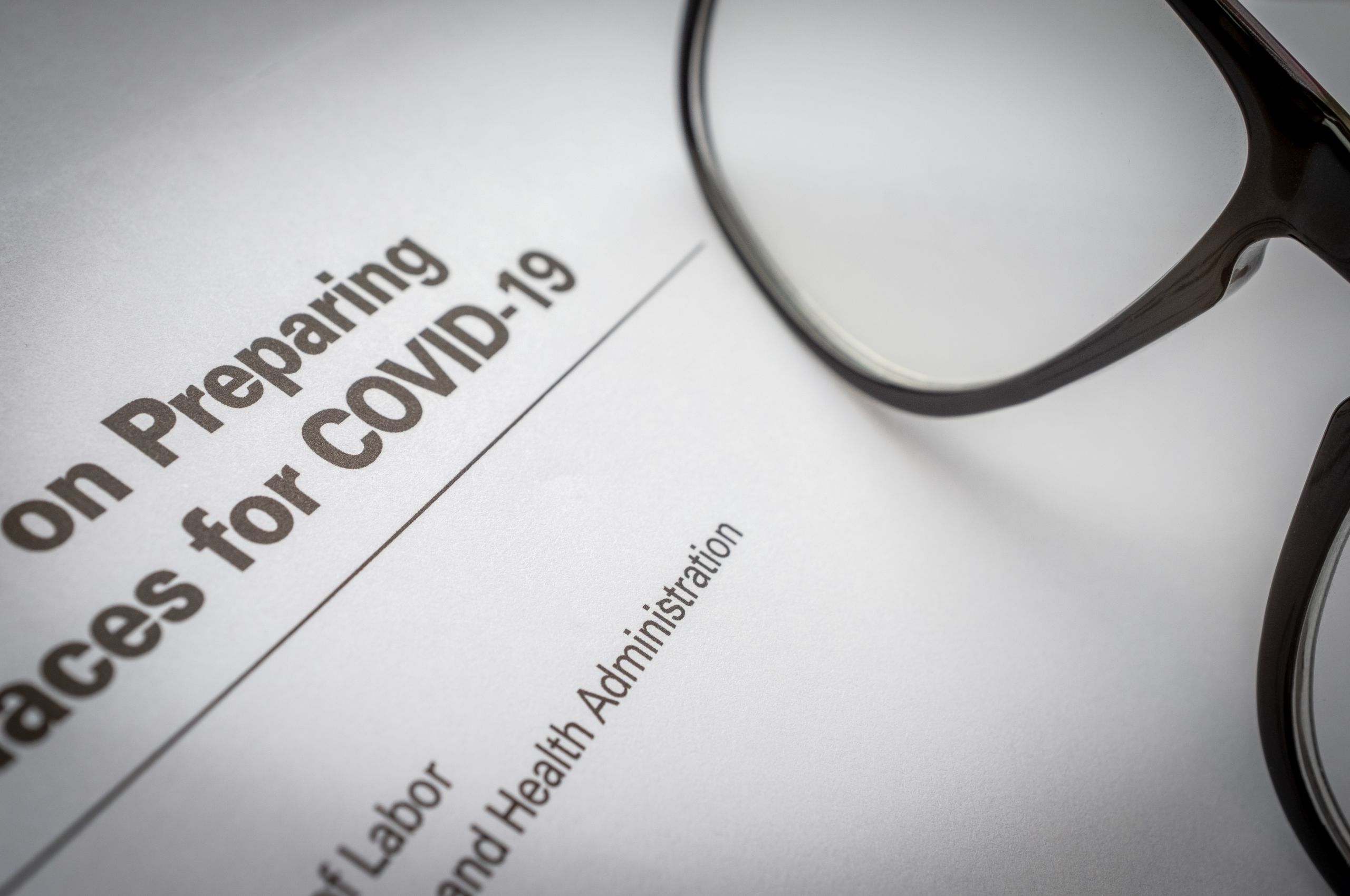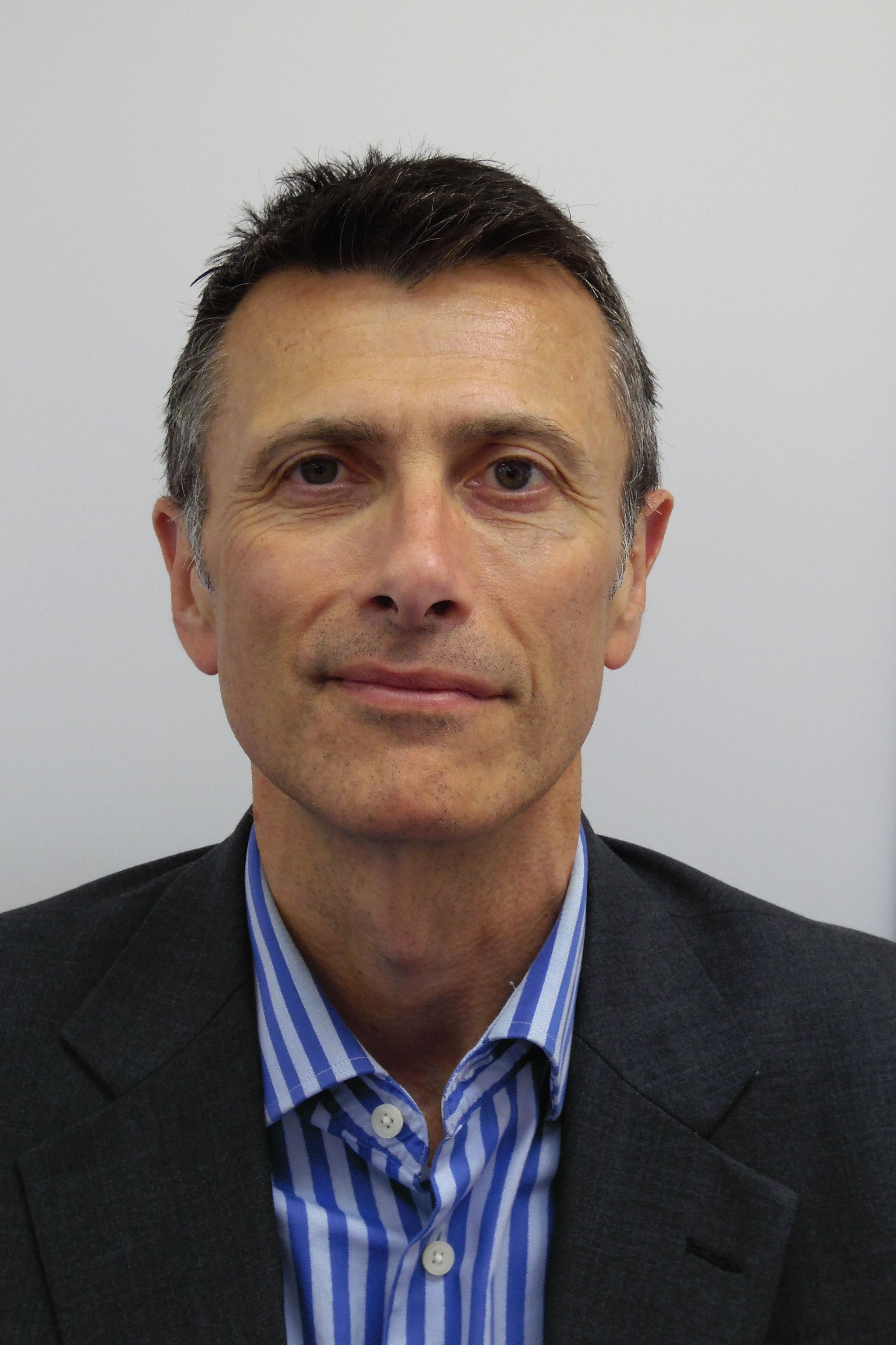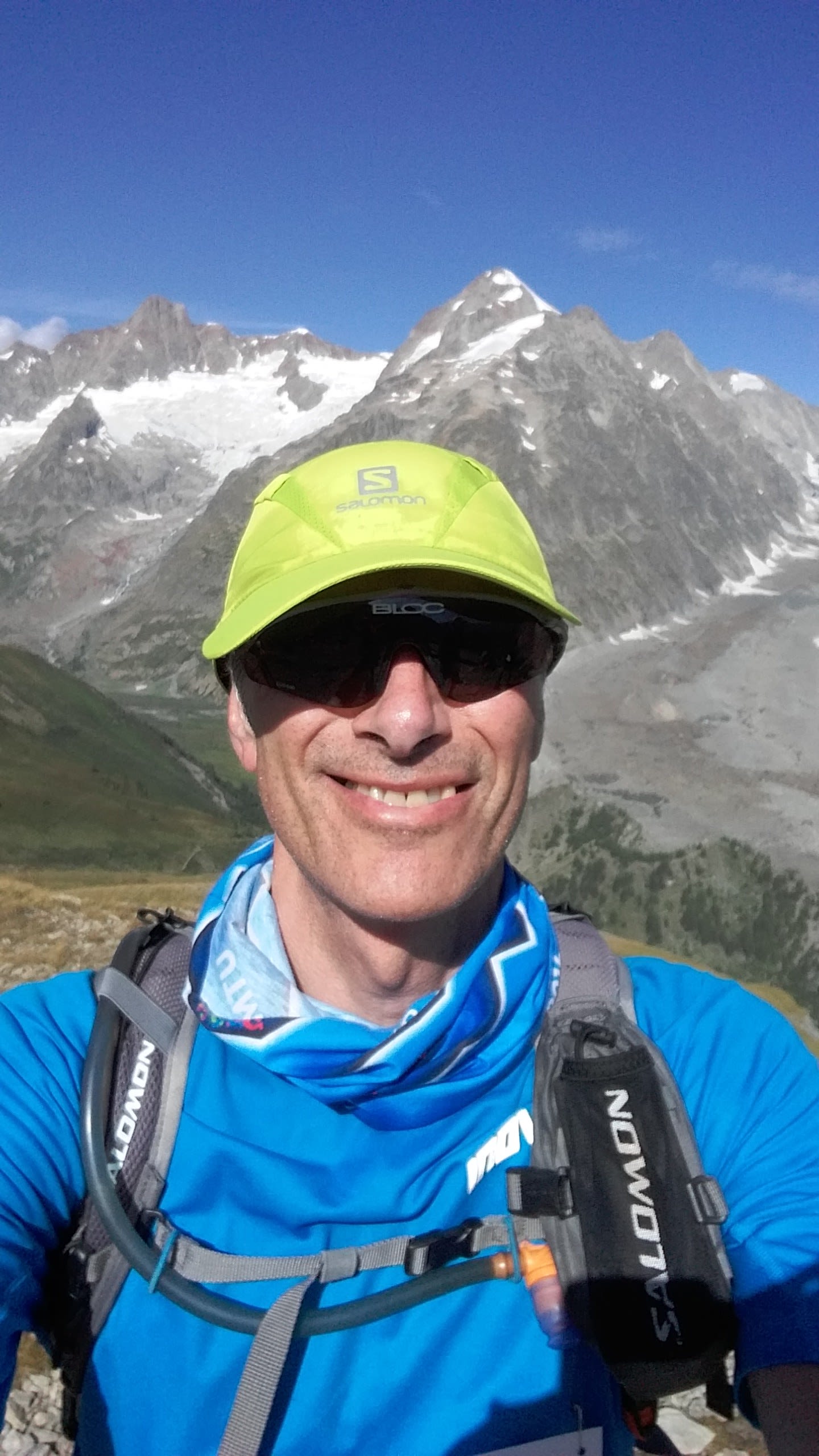Paul Chrisp
Centre for Guidelines
"Getting the pace right to achieve what we never thought possible."

What does your role involve? Help staff to understand a bit more about what you do day-to-day.

Paul Chrisp, director of the Centre for Guidelines
My role is enormously varied. It ranges from the high level strategy, through to responding to media and enquiries on specific guidelines. I’m involved in reviewing guidelines before and after guidance executive and resolving thorny issues that often crop up with our recommendations (over 25,000 of them!).
I spend time engaging with key stakeholders in regular meetings and on national oversight and working groups, presenting on our work. I attend executive team and board meetings, and of course, meetings with my team, who are at the beating heart of what we do.
What does your centre do? Give us an elevator pitch.
The centre produces and keeps up to date guidelines, pathways and advice to help people receive the best evidence-based care. The publishing team makes sure all of our outputs are made available on our website.
What makes you proud to lead your centre?
The people. Trite but true. We have a world-class team, which is what gives the NICE brand its strength. And we make a difference to people’s lives – we care about what we do.

Paul Chrisp, director of the Centre for Guidelines
Paul Chrisp, director of the Centre for Guidelines
Why do you think it’s important that NICE has a new strategy right now?
The world in which we work is changing – fast. If we do not change too, we risk being left behind, despite the great work we do. Just think about the last year – life changed at warp speed, and we had to respond rapidly in what we did and how we did it.
Nobody wants to be in that position continuously – it’s like running an ultramarathon at 10k pace, which is simply unsustainable. So, we have to run to catch up, and then stay ahead (or at least keep up) so that we are more in control and ready for those changes.
The big ones are digital transformation, both in how we work, and the technologies used in health and care. There is also rapid progress in diagnostics, genomics and medicines, and health inequalities have been amplified by COVID-19. We can, and should, have a loud voice in helping people make sense of this complexity and live better lives.
How will the strategy improve the way your centre works?
We will sharpen our impact by focusing more quickly on the things that matter most to the people who use our recommendations. People will find it easier to collaborate, to share their knowledge with, and learn from, others across the organisation.
We will be more in tune with our users and what they want from us to deliver better outcomes for people. Our recommendations will be ‘digital first’, making them easier to find, access and put into practice to inform decisions.
We must make the experience of using NICE guidance effortless and seamless. In summary, we will be able to have a bigger impact by applying our knowledge more effectively.


Paul taking part in a 130km trail race, one of the Ultra Trail du Mont Blanc events, in the French Alps in 2018
Paul taking part in a 130km trail race, one of the Ultra Trail du Mont Blanc events, in the French Alps in 2018
Looking at the strategy content, what will be the top 3 priorities that your centre will support with?

Paul taking part in a 130km trail race, one of the Ultra Trail du Mont Blanc events, in the French Alps in 2018
- Prioritising our portfolio in areas that matter most to people. Areas which can have the biggest impact and that reflect truly innovative new technologies, whether digital, diagnostics, devices or drugs.
- Digital first content. This means using structured authoring tools and a technology platform to get the most from all of that intellectual effort in creating recommendations.
- Maintaining and building on our world-class position as a leading guidance producer.
How will you measure the success of the strategy within your centre?
We already make a difference to people’s lives now, but I’d like to see that become even more apparent. In particular, around addressing health inequalities, despite the fact that many of the underlying causes are structural, societal and economic.
People should be able to find, understand and use our recommendations more easily. They should also be able to trust that they are up to date. We will be able to do this by adopting user-centred design, regular surveys and monitoring. We can also monitor how many guidelines are produced ‘digital first’.
How rapidly we update key recommendations in response to changes in data and evidence, and keeping track of key priorities for our users. And most importantly, success will mean our staff feel that they are able to use their talents and ideas as best as possible. That they are more able to influence and control what they do in the best interests of our users.
It sounds like a lot, but to go back to the ultramarathon analogy, we just need to break it down into manageable chunks. Run from checkpoint to checkpoint, take on enough fuel and get the pace right to achieve what we never thought possible.
Enjoy this article?
Get in touch and let us know.